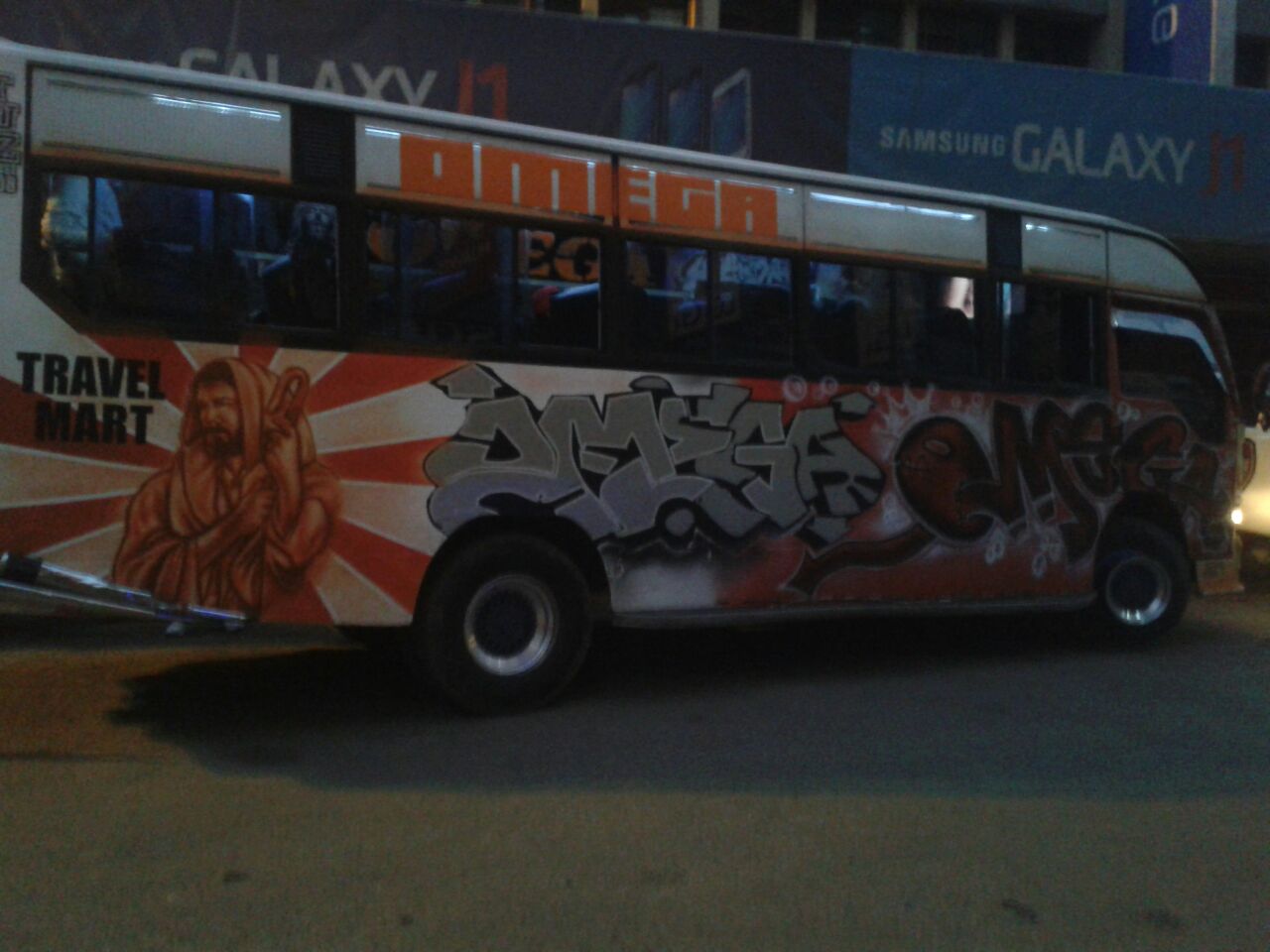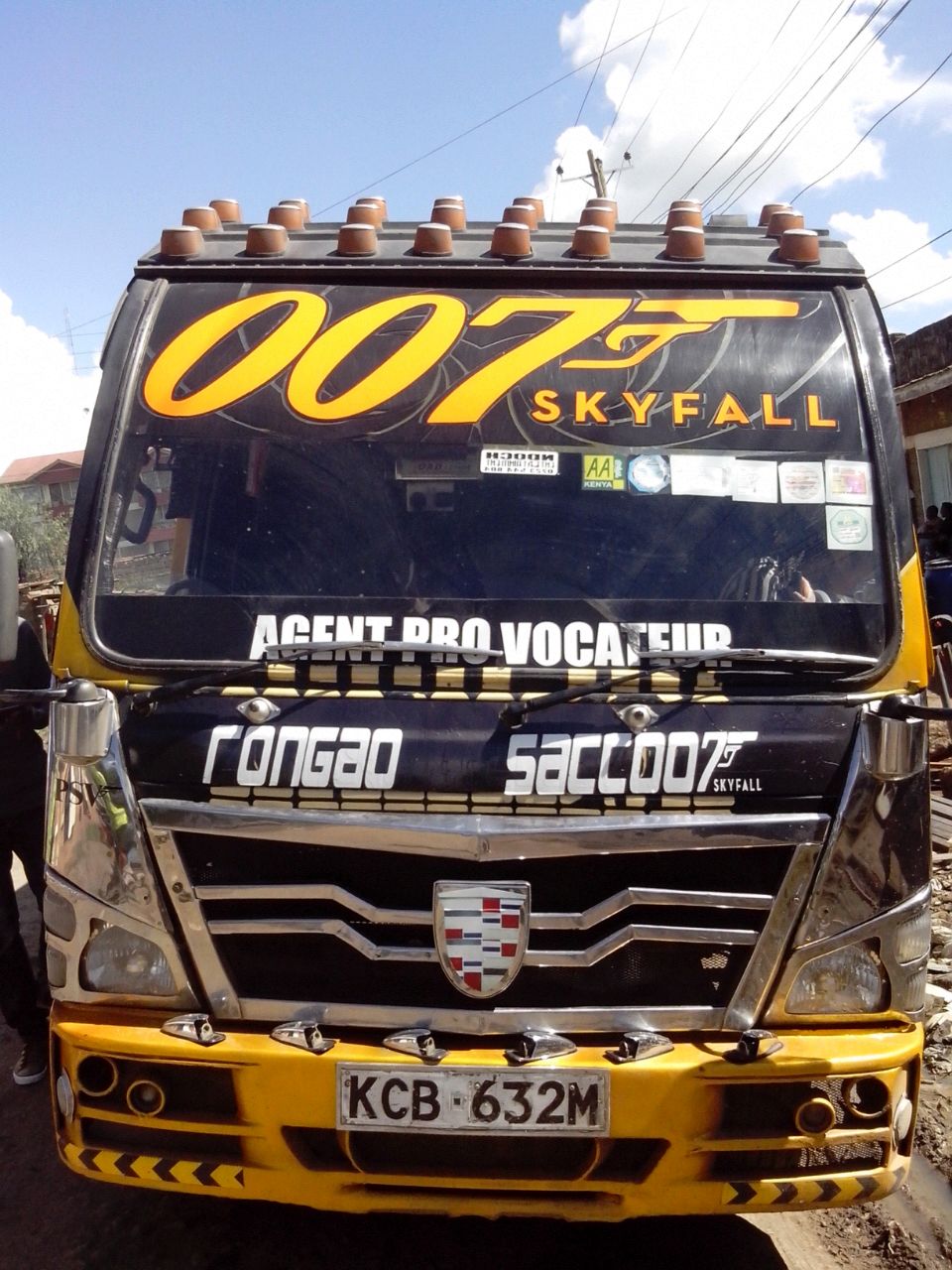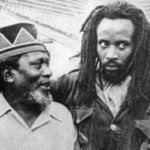Being arrested for being a Mau Mau sympathiser meant enduring any of these torture methods: Having a hot egg, gun barrel or snake thrust into your rectum; having your nails plucked using pliers; your mouth hammered with spikes, being burnt, castration or chopping of ears during kuhungwo mahuri (or ‘cleaning the lungs’ as the question and answer sessions were called).

Those sporting the ‘Mau Mau look’ were deemed to manifest an ‘aura of evil’ and were the most sought after.
The goal was to weed out Mau Mau adherents, force confessions and gather intelligence for military use and as court evidence, as Harvard historian Caroline Elkins writes in her 2005 book, Britain’s Gulag: The brutal End of Empire in Kenya.
This torturous journey began when the State of Emergency was declared in October 1952 to the time Kenya attained independence in 1963.
In 2013, the British government compensated 5,200 former freedom fighters with £2,600 (Sh364,000) each for illegal torture. But it was not uncommon for men and women with the ‘Mau Mau look’ to refuse paying bus fare in mathrees and public buses in Nairobi, while arguing with the makanga: “Nilipigania Uhuru kijana!”














